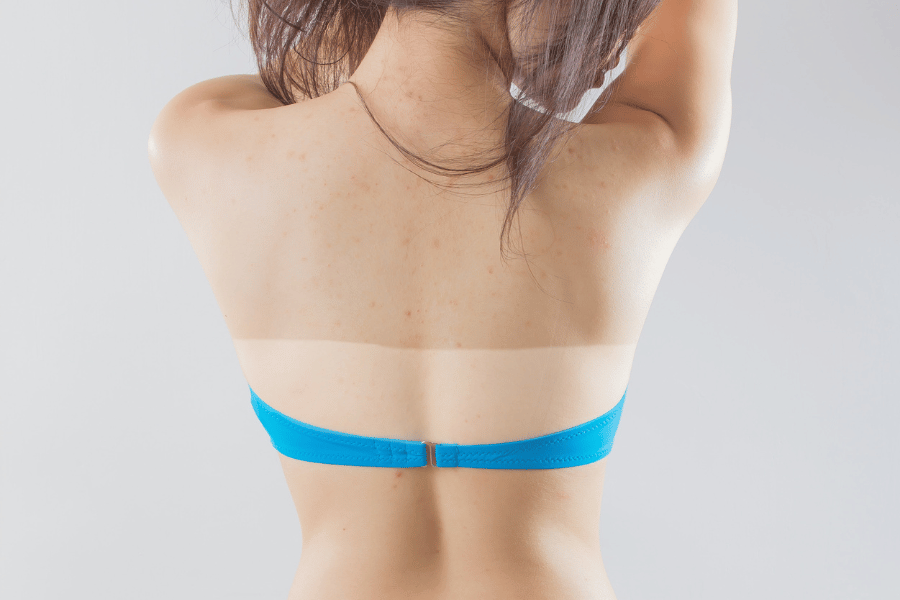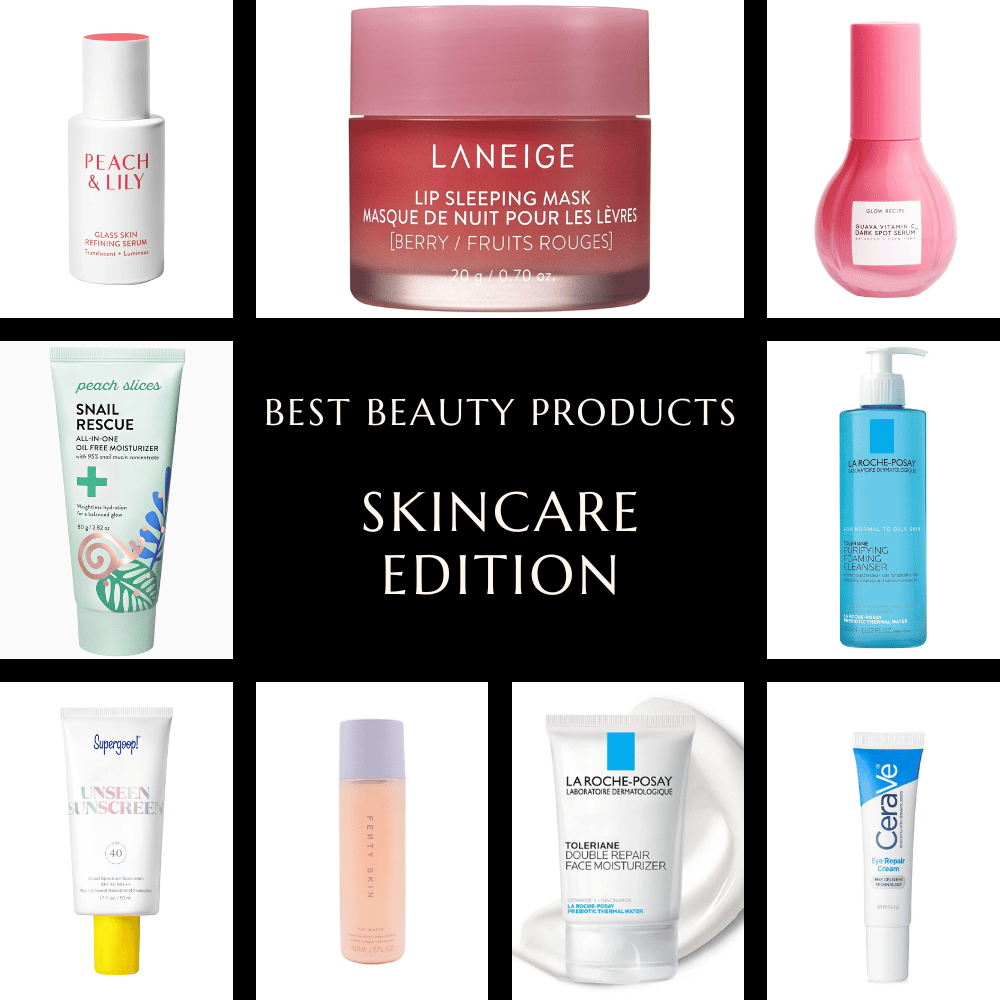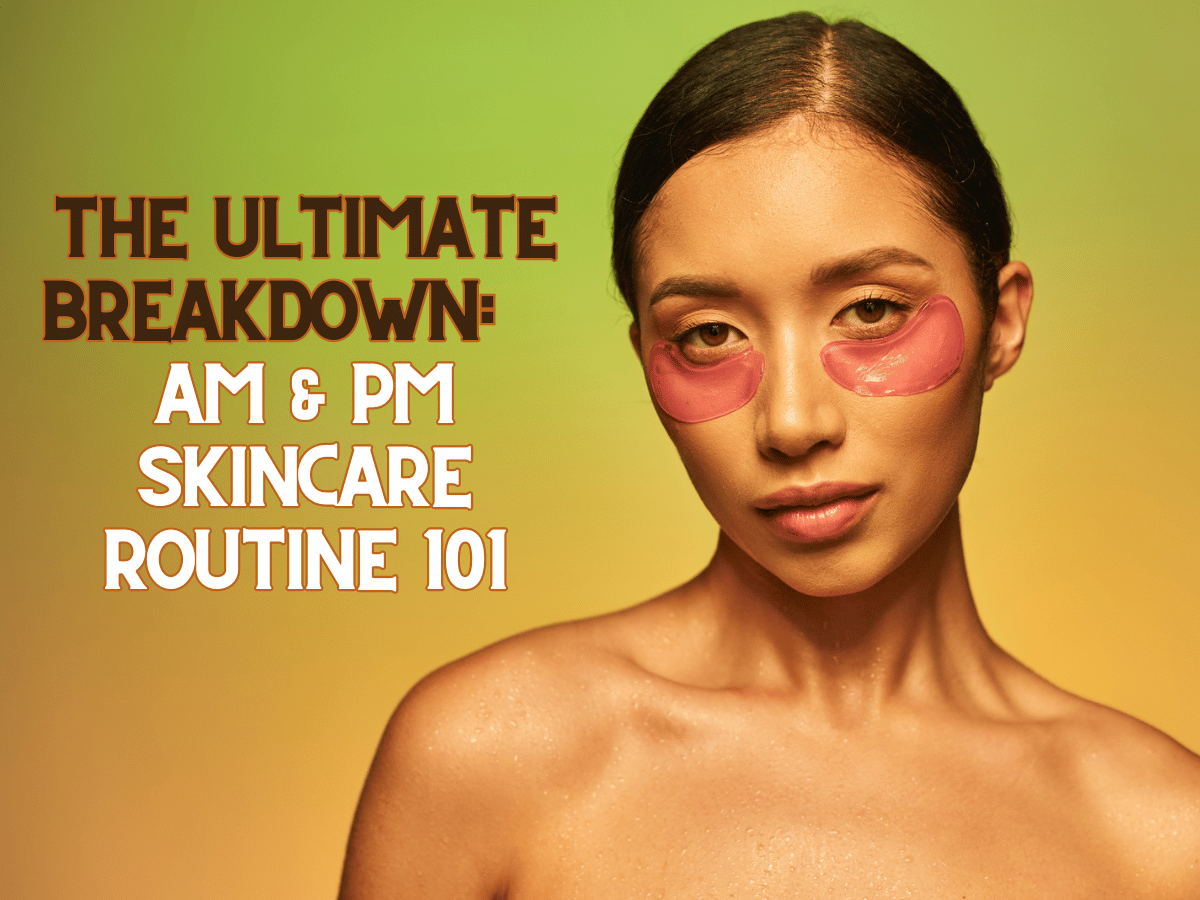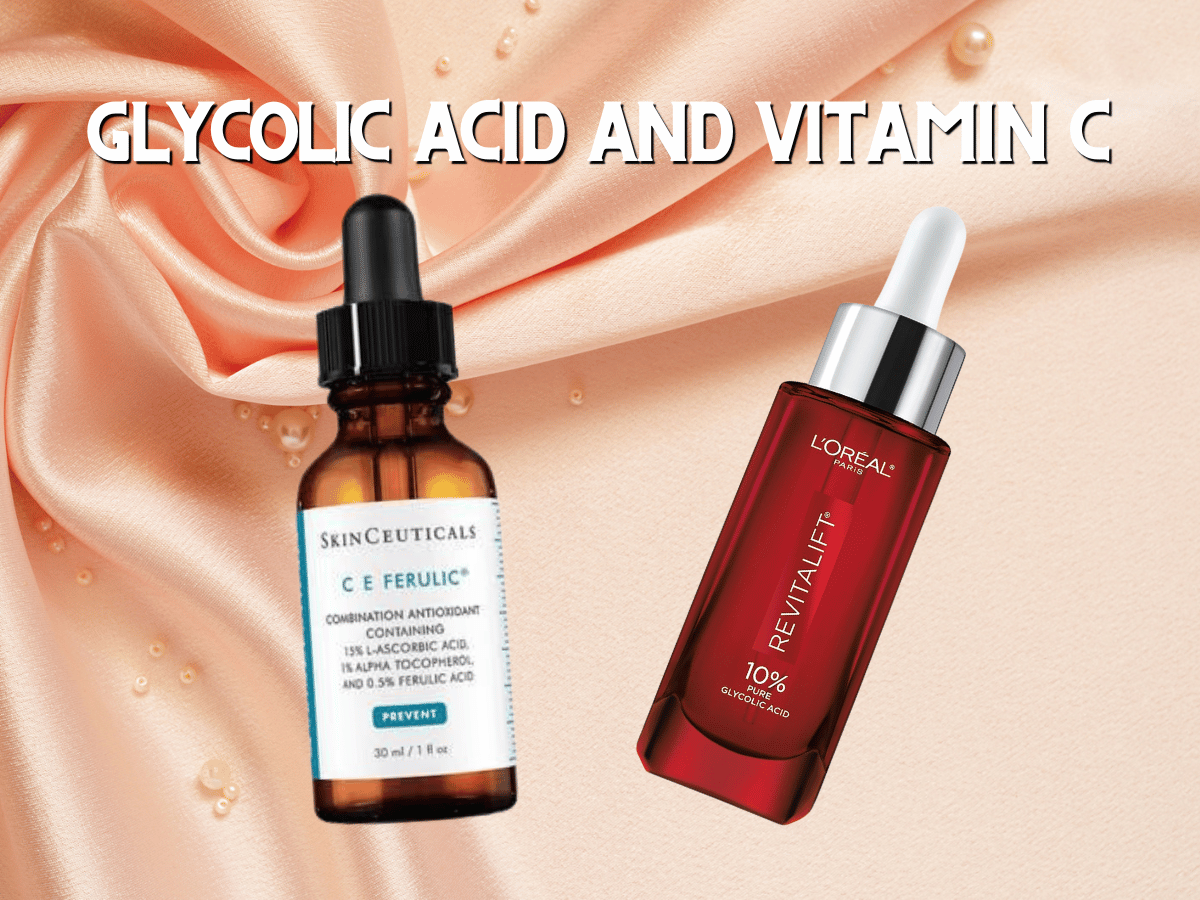How to Tan Without Burning - Achieve That Sun-Kissed Look!

After hours of playing in the water and picnicking on the hot shores of Galveston with a single coat of spray-on sunscreen, my husband got the worst sunburn of his life. Although at that moment, I hadn't yet experienced a sunburn firsthand, my eyes were opened to the potential danger of UV Rays after my first beach trip with my husband.
Sitting, showering, and even wearing a shirt was total agony for him. After that, I decided to learn everything I could about sun safety and preventing burns. If you have pale or fair skin capable of burning, then this is the article for you.
In this blog post, I'll give you insider tips on the best ways to tan without damaging your skin.
I will also provide tips for avoiding common mistakes that can lead to sunburns. If you want to avoid looking like a lobster, read on and learn how to get that beautiful summer glow without risking your health!
How to Tan Without Burning
Despite popular belief, it is possible to tan without burning. Many people seek out the sun for an attractive, bronzed glow, but it's important to do so as safely as possible. The first and most important factor to tan without burning is this: Make sure to apply sunscreen!
There are so many risks of tanning without the use of sunscreen. According to Healthline, the risks of tanning without applying sunscreen include, but are not limited to, "melanoma and other skin cancers, dehydration, sunburn, heat rash, premature skin aging, eye damage, and immune system suppression".
Whilst I agree that the perfect tan can make or break your next bikini pic, it isn't worth sacrificing your health. Instead, try sunscreen for tanning, which is specifically made to protect the skin and provide the perfect tan.
Top Sun Protection Tips
Choose a sunscreen with an SPF of at least 15 and make sure it does not contain sunblock, which will prevent your skin from tanning. The optimal level is SPF 30 which provides more protection to the skin without risking your ability to tan. Reapply every two to three hours, or more often if swimming.
The skin can only create a certain amount of melanin in a day and upon reaching this peak, staying in the sun will only damage the skin without making it any darker. Usually, it takes 2-3 hours to reach this peak. For optimal results, plan to tan for a few hours over the course of several days to a week.
If your skin is extremely fair, it's best to tan in the morning or afternoon. In other words, avoid the peak hours (12pm-4pm) when your skin will be more susceptible to burning and damage.
If you're planning to use tanning oil, an oil that stimulates melanin production resulting in a faster tan, always pair it with an SPF sunscreen, or purchase an oil with SPF protection built-in to prevent burning.
Natural Tanning Tips
You can also use natural methods to protect against burning and encourage the skin to tan. Try eating foods that are high in lycopene, such as watermelon, guava, and tomatoes, and foods that are high in beta-carotene, such as carrots, apricots, and sweet potatoes.
You can also use oils with naturally occurring SPF, such as avocado, raspberry, and carrot oils, to offer extra protection to the skin. You can also apply aloe vera after tanning to hydrate dry skin and extend how long your tan will last.
However, it's important to use these natural methods in conjunction with our other listed tips. These solutions should not replace other sun safety tools.
Why do I burn instead of tan?
Burning instead of tanning is a fairly common occurrence, especially in people with lighter skin tones. Although there are multiple potential reasons, the main reason people can burn instead of tanning is Melanin.
Melanin is a pigment that gives color to your skin and acts as a natural sunscreen by absorbing UV radiation from sunlight and preventing it from damaging the cells beneath. People with darker skin have more melanin than people with lighter skin, which means they are less likely to burn when exposed to the sun.
On the other hand, if you have light or fair skin then you may find that you burn more easily as there’s less melanin in your system to protect your cells from damage caused by UV radiation. At any rate, it’s important for everyone, regardless of whether they burn or not, to practice safe sun habits. Find a sunscreen with broad spectrum uv protection to protect against the sun's damaging uv rays.
How long should I tan for without getting burnt?
This answer varies depending on skin tone and melanin levels--people with fair skin typically only need 10-30 minutes in the sun's uv rays before they start to feel the effects of burning while those with darker skin can usually spend much longer. Using sunscreen with at least 15 SPF can help you stay in the sun a bit longer without burning.
That said, it's still important to be careful when tanning regardless of how long you stay out in the sun. Try tanning in multiple sessions across several days. Always apply safe practices at each tanning session for optimal protection, such as sunglasses or a hat to help reduce eye strain from bright sunlight and UV exposure.
Do sunburns turn into a tan?
Yes, sunburns can turn into tans once the healing process is complete. However, it's important to note that this tan results from skin damage caused by exposure to ultraviolet (UV) radiation and should not be viewed as a healthy alternative to traditional tanning methods.
When you get a sunburn, your body has experienced an inflammatory response as it works hard to repair the damage sustained when UV rays interact with your skin cells. During this process, melanin production increases dramatically in order to act as a protection against further harm from the sun's rays. This increased pigment then accumulates in certain parts of your skin, causing a darker hue that resembles a tan.

How to Tan Without the Sun
Tanning without the sun can be a skin-friendly way to get the perfect summer look! There are a number of ways to accomplish this from self-tanning lotions and spray tanning to tanning beds, you have several options for getting some color without exposing your skin to potentially damaging UV rays. Read on to find more tips and tan safely!
Self Tanning lotions
Self-tanning lotions are probably the most popular method because they provide an easy way to achieve a golden glow. Just apply tanning lotion evenly over your skin before bed and rinse them off in the morning; they leave behind bronzers that stimulate a healthy summer tan!
Spray tans
Spray tans offer another way of achieving a deep bronze hue with minimal effort. You can go into a professional salon for this type of service, or even do it at home with special equipment-just make sure you buy from trusted brands as cheap products can often lead to orange streaks or uneven coloring.
Tanning beds
Although tanning beds are an option for tanning without the sun, they won't protect your skin from ultraviolet light radiation. There is a potential for long-term skin damage, such as skin cancer, if a tanning bed is used too frequently or without proper protection, such as eye goggles.
Bronzing Lotions
Bronzing lotions are a quick fix for your tanning needs. This product gives your skin an instant glow while still being safe enough for everyday usage. Simply apply liberally over areas where desired shade is needed and enjoy its nourishing results. Make sure coverage remains even throughout for a balanced tan!
Conclusion
After my (secondhand) experience with that terrible sunburn, I will never underestimate how harmful sun exposure can be. From that point forward, sunscreen has been a part of my daily skincare routine.
Tanning can be dangerous when done incorrectly or without proper protective measures. It's important to protect your skin from the sun's harmful rays, which are called uva and uvb rays.
With the advice given here, you may have found a better way to achieve the perfect sun-kissed tan without compromising your skin health!
Thank you for reading this article on how to achieve the perfect tan without burning or causing any damage to your skin!
How This Article Was Curated
There are many options on the market with many different ingredients. It can be overwhelming trying to figure out what product is best for you.
We've taken the guesswork out of it for you and brought all the facts together.
Next Up: 6 Picks for the Best Sunscreen for Tanning!
Like these stories? You will (probably) love our monthly newsletter.






